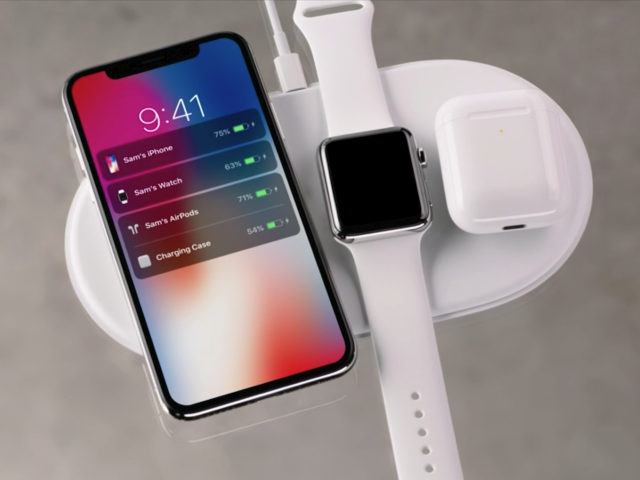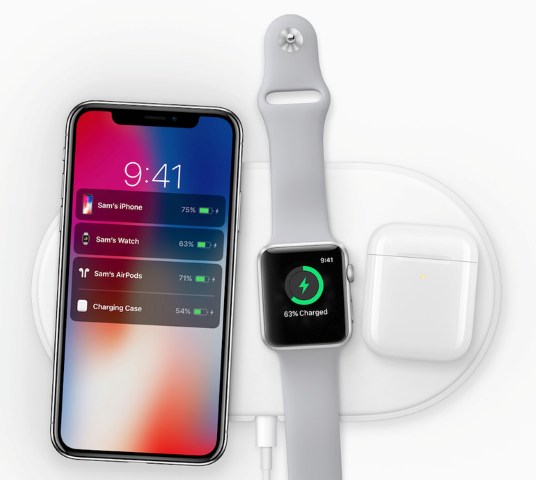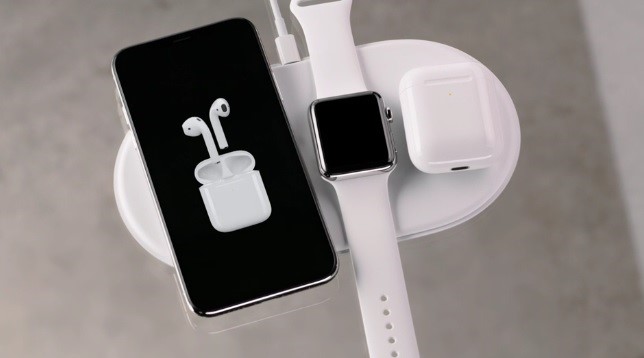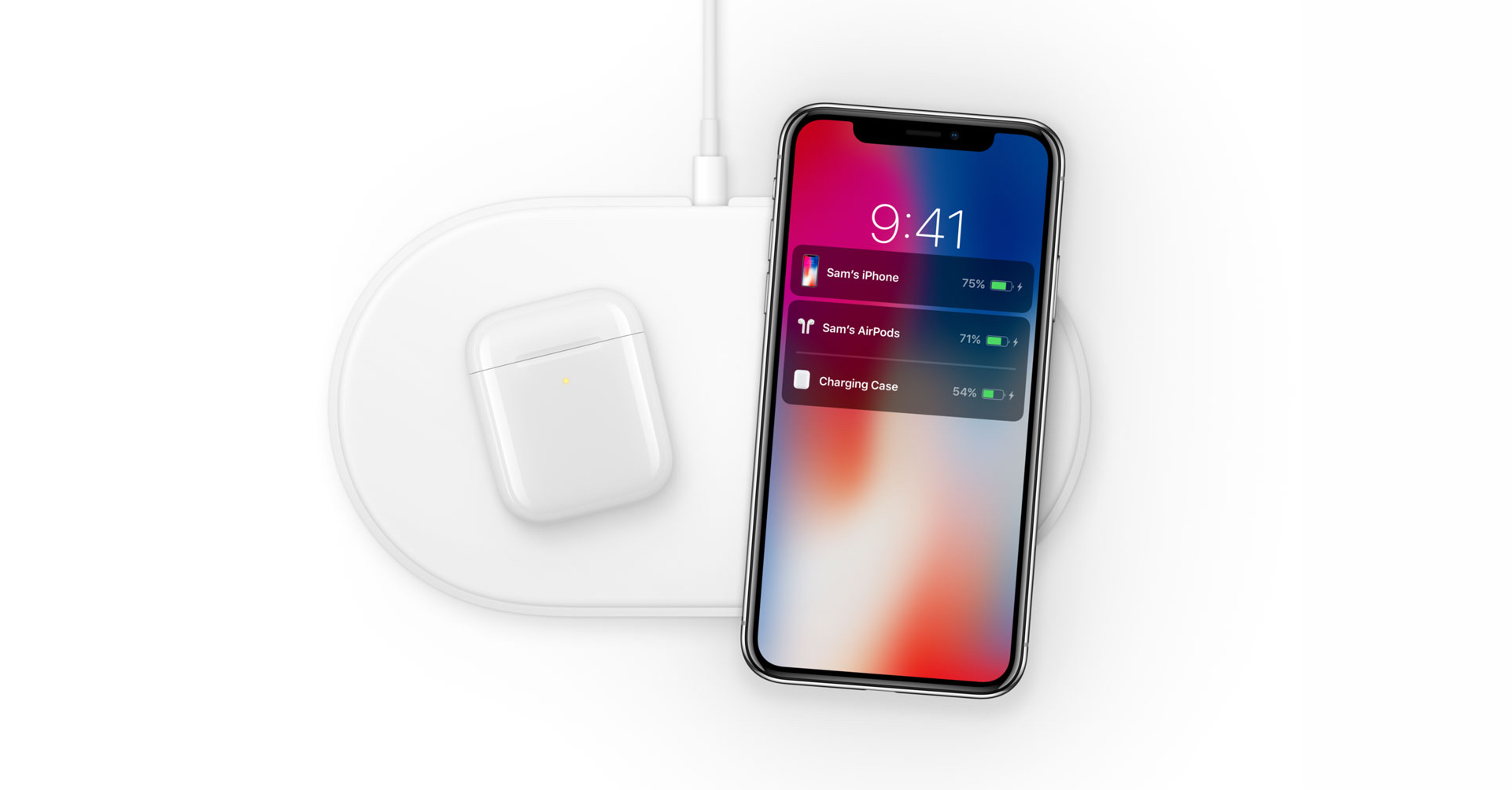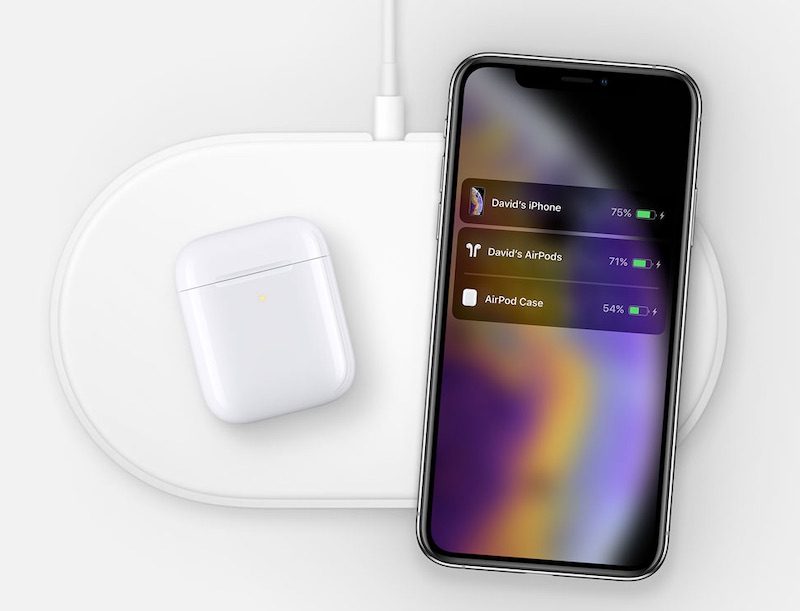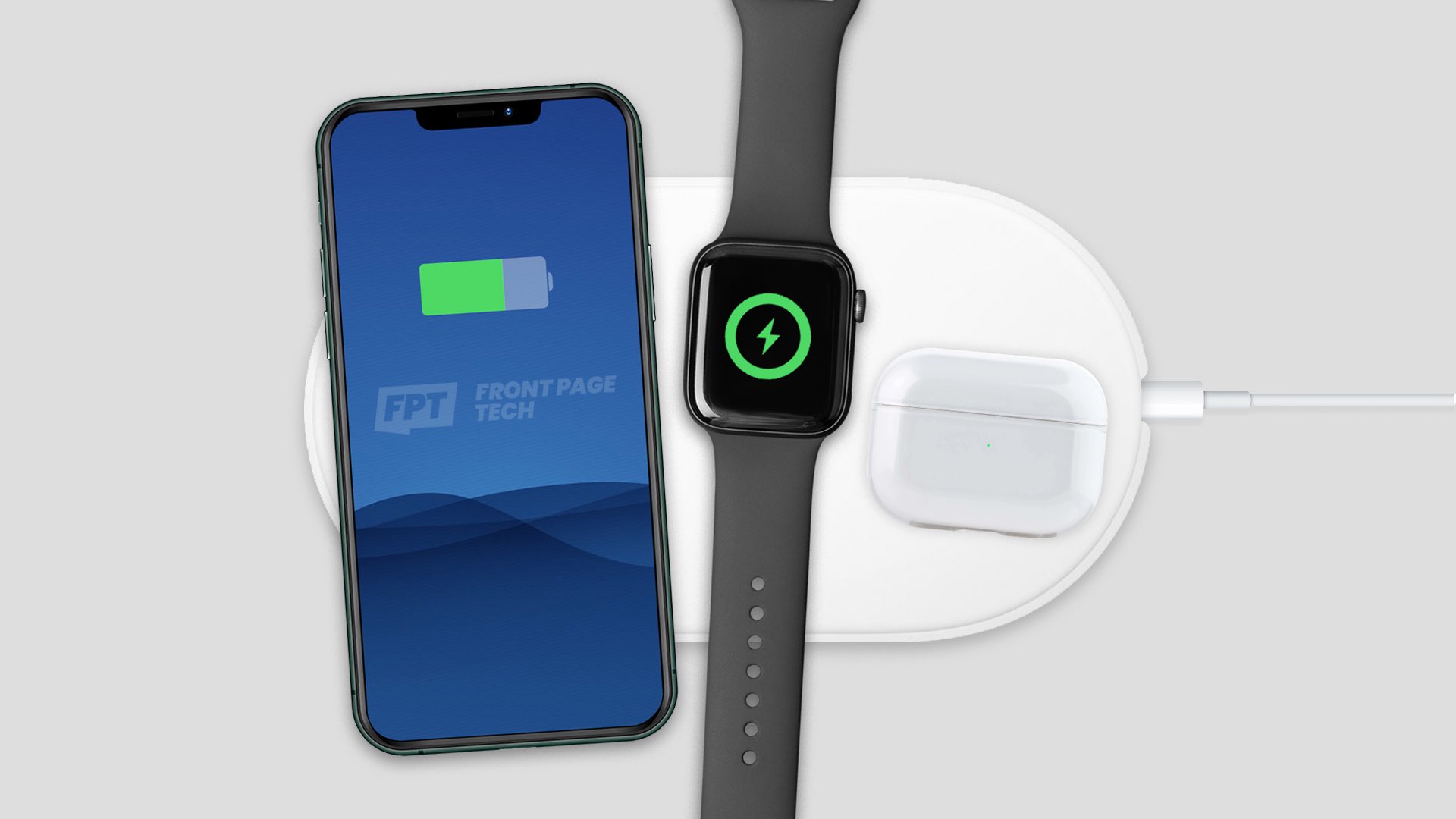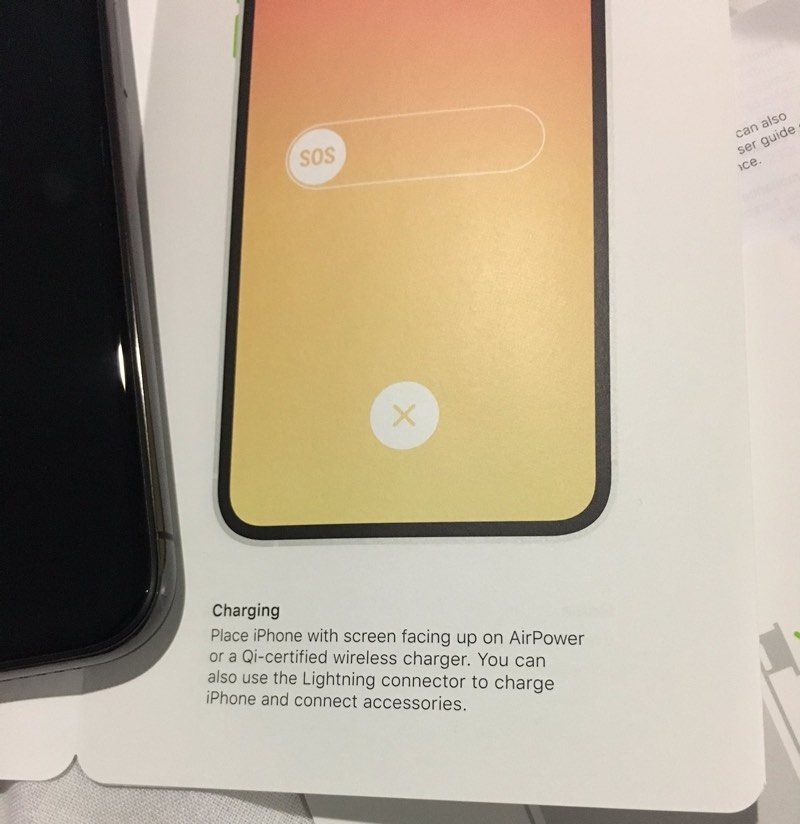Wireless charging was a logical evolutionary step in how to get the necessary energy to electronic devices without the need to connect them with cables and adapters. In the age of wireless, when Apple also got rid of the 3,5mm jack connector and introduced completely wireless AirPods, it made sense for the company to introduce its wireless charger as well. It didn't work out too well with AirPower, although we may yet see it.
The infamous history of AirPower
On September 12, 2017, the iPhone 8 and iPhone X were introduced. This trio of phones was also the first to allow wireless charging. Back then, Apple didn't have its MagSafe, so what was present here was focused on the Qi standard. It is a standard for wireless charging using electrical induction developed by the "Wireless Power Consortium". This system consists of a power pad and a compatible portable device, and is capable of inductively transmitting electrical energy up to a distance of 4 cm. That's why, for example, it doesn't matter if a device is in its case or cover.
When Apple already had its devices that support wireless charging, it was appropriate to introduce a charger designed for them, in this case the AirPower charging pad. Its main benefit was supposed to be that wherever you put the device on it, it should start charging. Other products had strictly given charging surfaces. But Apple, due to its perfectionism, took perhaps too big a bite, which became more and more bitter as time went on.
AirPower was not launched with the new line of iPhones, nor with the future one, although various materials referred to it as early as 2019, that is, two years after its very introduction. These were, for example, codes present in iOS 12.2, or photos on Apple's website and mentions in manuals and brochures. Apple also had a patent approved for AirPower and received a trademark. But it was already clear in the spring of the same year, because Apple's senior vice president for hardware engineering, Dan Riccio officially stated, that even though Apple really tried, AirPower had to be discontinued.
Problems and complications
However, there were several problems why we did not receive the charger in the end. The most fundamental one was excessive overheating, not only of the mat but also of the devices installed on it. Another was the not quite exemplary communication with the devices, when they failed to recognize that the charger should actually start charging them. It can thus be said that Apple cut AirPower because it simply did not meet the quality standards he had set for it.
If nothing else, Apple has learned its lesson and found that at least the road doesn't lead here. He thus developed his own MagSafe wireless technology, for which he also offers a charging pad. Even if it doesn't even reach AirPower's knees in terms of technological progress. After all, what the "innards" of AirPower probably looked like, you can look here.
It could be interest you
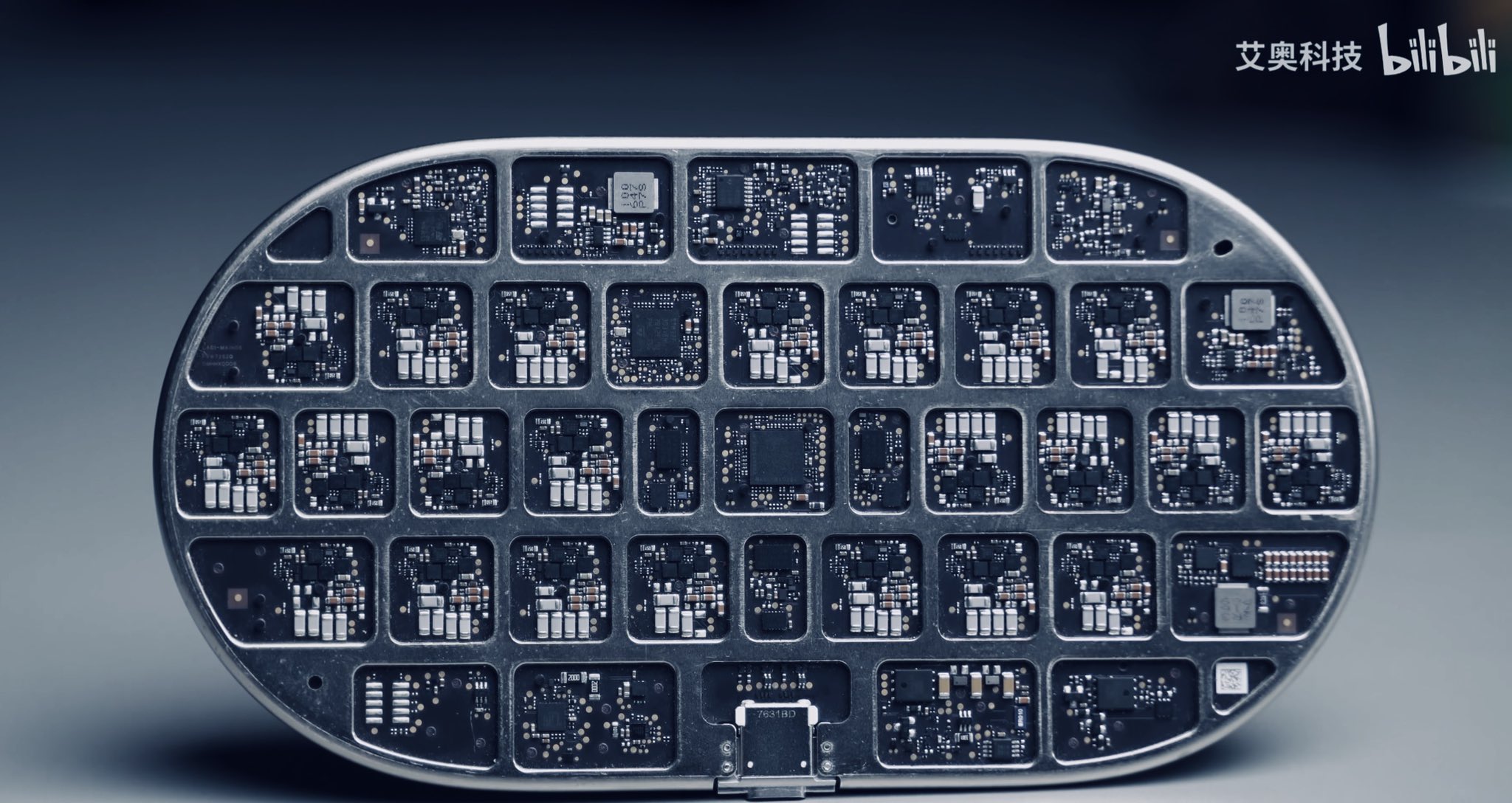
Maybe the future
Despite this failed experiment, Apple is reportedly still working on a multi-device charger for its products. This is at least the Bloomberg report, or rather the one from recognized analyst Mark Gurman, who according to the website has AppleTrack 87% success rate of their predictions. However, this is not the first time that the alleged successor has been discussed. The first messages on this topic have already arrived in June.
In the case of the double MagSafe charger, it is actually two separate chargers for iPhone and Apple Watch connected together, but the new multi-charger should be based on the AirPower concept. It should still be able to charge three devices at the same time at the maximum possible speed, in the case of Apple it should be at least 15 W. If one of the devices being charged is an iPhone, it should then be able to display the charge status of other devices being charged.
It could be interest you
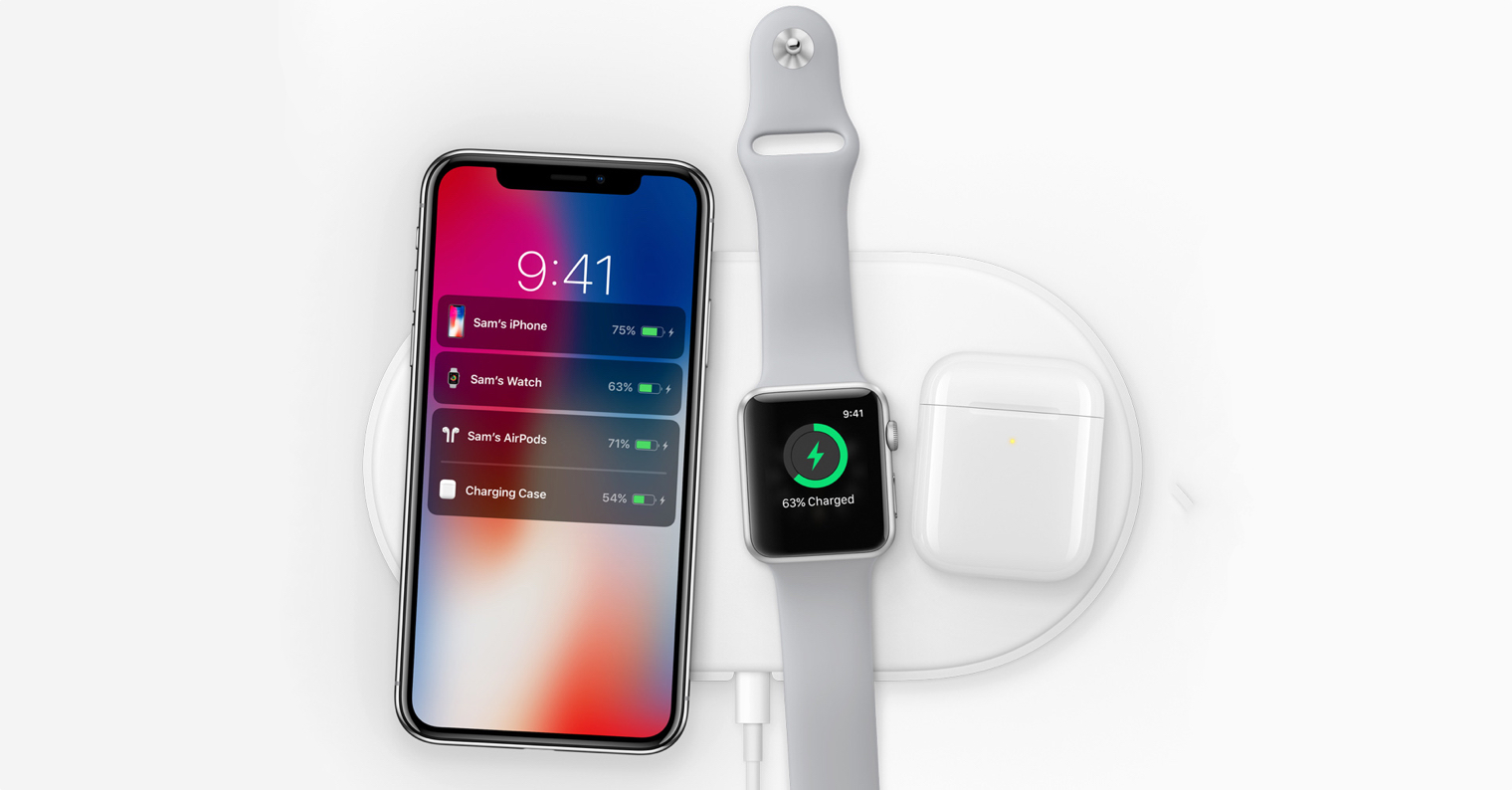
However, there is one question in particular. The question is whether similar accessories from Apple still make sense. More and more often we hear rumors about the shift in technological possibilities in connection with wireless charging over short distances. And maybe even that will be a function of Apple's upcoming charger.
